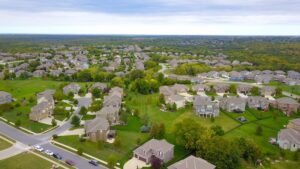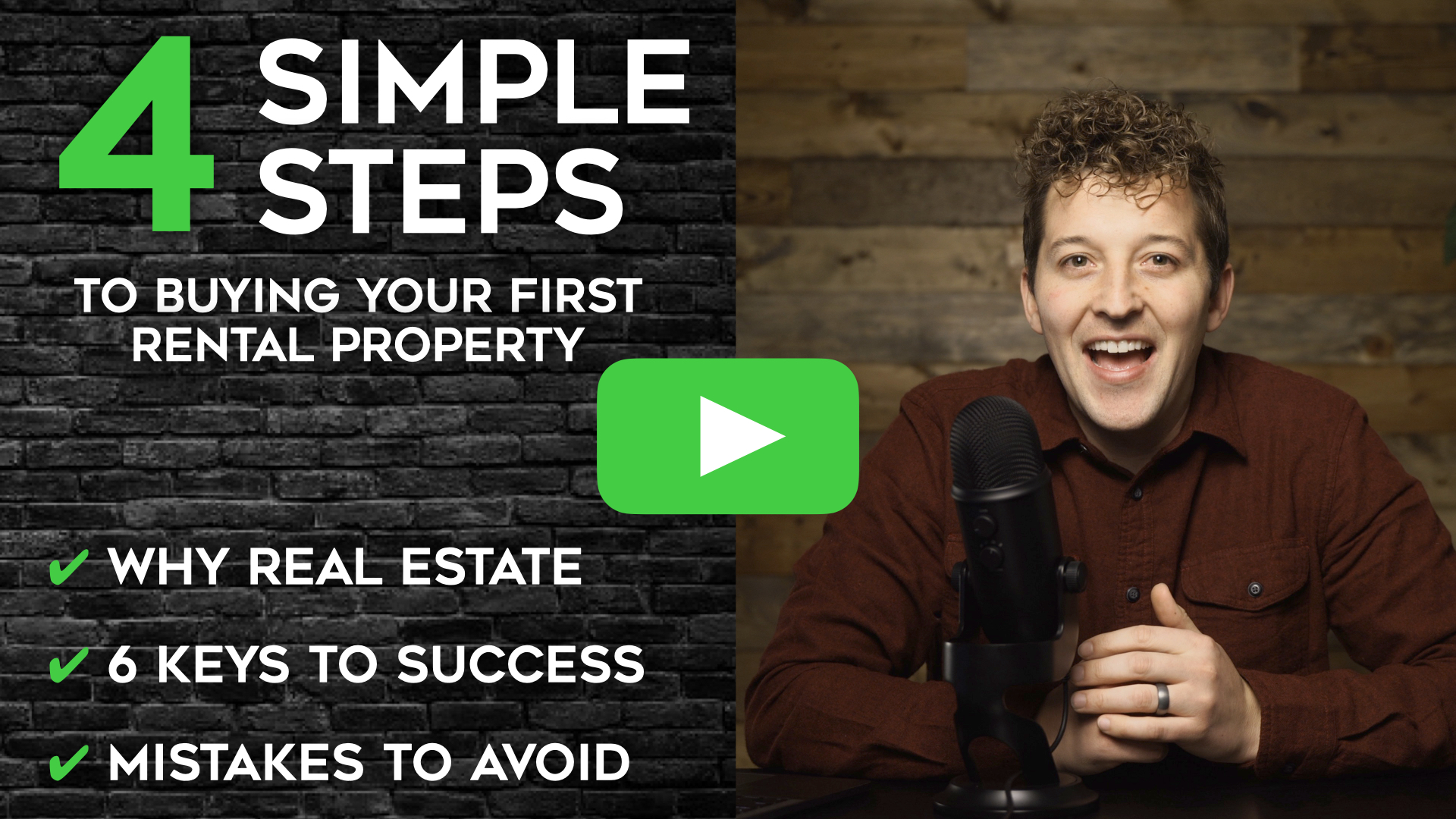Real Estate Investing
Location, location, location.
Sound familiar?
When investing in real estate, location is critical. But what actually makes somewhere a good location? Here are the 6 key factors to consider when picking a location.
Investing Strategy
First, what’s your investing strategy? If you’re going to be using an owner occupied strategy (meaning you’ll temporarily live in the property you’re buying) your location options are probably pretty limited. You’ll have to buy around where you already live, work, or go to school.
If you work remotely and could move anywhere, or if we’re just buying a straight investment that you’ll never live in, you have hundreds (thousands) of markets to choose from. Now, we still always recommend that you first look within driving distance of where you already live even if you’re not going to use an owner occupied strategy. The caveat is the market will still need to meet the other requirements for selecting a market.
Objective
Second, what’s your objective? Are you dead set on getting a property with super high cash flow day 1, or are you ok with less cash flow initially if it means a larger potential rate of return through appreciation and rent growth. In other words, should you be looking in stable markets or growth markets. They’re both great options, but your objective will make one a better fit for you than the other.
Budget
Third, what’s your budget? If you can afford it, growth markets will usually provide better rates of return in the long run, but they’re going to take a lot more upfront capital. Stable markets throughout the midwest have much lower entry points. If you have a smaller budget you should probably start small in an affordable, stable market. That’s totally fine.
If you have a larger budget that you want to put to work all at once, it’s so much easier to deploy your capital effectively on one property in a growth market rather than finding and navigating 4 or 5 deals in a stable market. Deploying your capital into fewer properties does mean less tenants to manage which keeps your workload minimal.
Population
Fourth, population. There’s some crazy cheap properties in tiny towns, but if the population around your rental property is too small, you’ll always struggle with vacancy. A larger population means there are more people looking for a new place to live at any given time. If you self-manage (which we highly recommend) you’ll be relying on local people like cleaners and handymen to help you run your business and areas with small populations typically make it harder to find the high quality help you need.
We recommend sticking with markets that have populations of at least 80,000 – 100,000 people (larger is even better). You can find this information with a quick google search. Rather than searching the population of a specific city, search for the population of the county that city is in or for the metropolitan area. Dallas has 12 units in Logan Utah. Logan itself only has about 50,000 people, but Logan is in Cache County which has about 120,000 people. It’s a small market, but he loves his rentals in Logan. Neither of us, however, would want to own something in an area that’s too much smaller than that.
Landlord Tenant Laws
Fifth, landlord tenant laws. Ideally you want to invest in states with landlord friendly laws. Landlord friendly states require shorter notices for rent increases, don’t have caps on rent or fees, and allow for faster evictions.
You should also pay attention to costs of owning rentals in the state. Some states have super high property taxes that can really eat away at your returns. Here is an article about the most and least landlord friendly states and why. As a general rule of thumb, blue states are not as landlord friendly, and red states and swing states are generally more landlord friendly. If you want a quick look at where the landlord friendly states are, just search google for a map of red and blue states and that will point you in the right direction. But before you commit to a market, search on google “Is this state landlord friendly” and it will give you a quick and easy answer.
Product Availability
Finally, product availability. We both love 4-plexes that are class “B” or “C” buildings built in the 70’s, 80’s and 90’s. You might love new single family homes for the higher quality tenants and low maintenance and repairs. That’s fine. However, different areas have different products. Some areas have a very low inventory of multi-family properties, others have a ton. If you’re buying out of state anyway, you might as well narrow your search by identifying areas that have a larger supply of what you’re looking for. You should hop on Zillow and refine the filters to fit what you want, and look for areas that have clusters of red dots. You can also switch the search to properties that have sold in the last year, that will give you a better idea of what’s generally available in those areas rather than only seeing what’s for sale right now.
Alright, when you’re trying to select a market to invest in the 6 factors to consider are your investing strategy, your objective, your budget, the population, the landlord tenant laws, and product availability. There’s no magic market. There’s probably a bunch of markets that will all work out great. Do NOT fall into the trap of analysis paralysis where you never actually pick a market, but be deliberate in your choice and have solid reasoning to back up what you’re choosing.
Your real estate coaches,
Dallas & Greg




